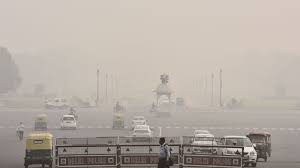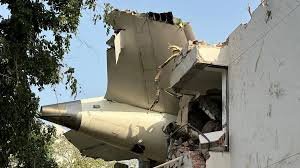Delhi is in the midst of a pollution crisis as air quality levels have plunged to hazardous levels, turning the city into a choking haze. With particulate matter (PM2.5) far exceeding safe limits, the capital is facing a public health emergency. Respiratory illnesses have surged, and hospitals are overwhelmed with patients suffering from asthma, bronchitis, and other lung-related diseases. Schools have closed or issued advisories to keep children indoors as the toxic smog blankets the city.
The primary causes of the pollution are stubble burning in neighboring states, vehicle emissions, construction dust, and industrial activities. Despite repeated calls from environmental experts for stricter regulations, an increase in green cover, and better waste management, the government has shown little urgency in addressing the crisis.
The lack of decisive action has led to growing frustration among Delhi’s residents. Many are pointing fingers at the political leaders and officials, who are being accused of failing to take meaningful action while the air quality continues to deteriorate. Public outrage is mounting, with citizens demanding more effective measures to combat pollution and safeguard public health.
Though the Delhi government has introduced measures like the odd-even vehicle scheme and issued advisories, critics argue that these steps are insufficient given the severity of the situation. Environmentalists are calling for long-term solutions, such as cleaner technologies, improved public transportation, and sustainable urban planning to reduce pollution and improve air quality.
As Delhi continues to choke on polluted air, the need for swift and impactful action has never been more urgent, but the response from those in charge remains disappointing, leaving residents questioning when real change will come.





